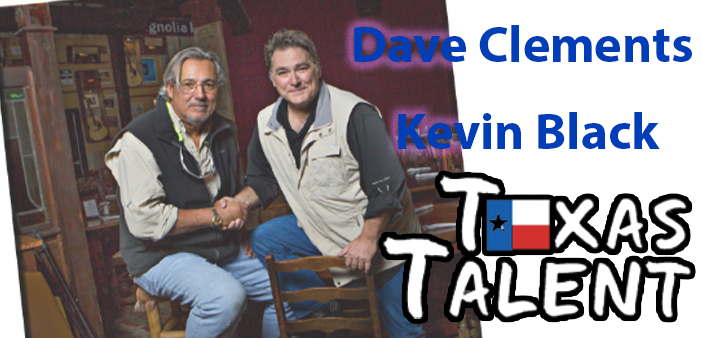Photos by Libby Rogers

The 53-year-old former school principal is helping people lose weight and keep it off through a program that emphasizes change not only in body but in mind. Nell said she most enjoys is to really focus on the client and begin their journey…
“It’s not high pressure, because the last thing I want is for someone to start our program and not be ready,” she said. “I want to have a chance to get to know what their goals are, to get to know them before we talk about what we have to offer.”
Taking the steps
Wanting to change, and seeing her friend’s success, was what spurred Nell’sdecision — that and trying many other plans and programs and not getting the desired results. “She was a friend I trusted, she was somebody who had a lot of integrity, and she lost 50 pounds,” she said. “I never thought she needed to lose50 pounds, but I just knew that if she was promoting a program, it was good, the real deal.”

Nell’s background made her a perfect fit for this work; she has a degree in kinesiology, the study of the mechanics of body movement — essentially a pre-med field of study. She then became a teacher and a coach for nine years, before moving into school administration. “I coached volleyball and basketball and track,” she said. “I also was a powerlifter for the University of Texas, achieved the rank of second in nationals. I have a health background.”
Settling on this discipline was easy, Nell said, because, simply, it works. “I dropped45 pounds in 5 . months, and I’ve kept it off,” she said. “As a woman in her 50s, that’s very difficult to do. I was pushing into bodyweight I had not seen since high school, and it felt good. That is great for a busy mom with a demanding career.”
Seeing for herself
The program she chose ultimately needed to be simple, effective, and one that would keep her and her clients from falling to typical traps associated with weight loss. “I stopped going to bed hungry,” Nell said. “I had done everything else; I had done the quick weight loss programs, and I was hungry when I went to bed. I remember thinking‘this is not sustainable.’” Those types of programs work in the short-term, but Nell said they will never be good over time, which is why her current program’s concept is impressive.
“I was not morbidly obese, and I never entertained doing bariatric or lap band surgery, things people do because most people after five years have gained all their weight back,” she said. The effect of shelling out that money and eventually failing is mentally detrimental, so Nell said the best approach is to change the mindset.
“It can’t just be about the mechanics of food,” she said.“It has to be more than that. It is about the mindset, body spirit. That’s what’s going to work, and that’s what impresses me about this program.” Nell said the process starts with a health assessment — finding out what the health goals are —but also find out “what your why’ is,” the driving force behind the need for weightloss and lifestyle changes.
“It takes a while to get that out of people; you have to keep asking,” she said. The process is rooted in the psychological, with attention to the mechanical. There also are questions regarding health issues, medications, current diet and eating habits, liquid consumption, and, of course, weight loss goals. “Those answers will determine the program they go on,” Nell said.“We deal with the mechanics of food, we have webinars with a network of other coaches and have professional dieticians on hand. Then we work on habits, because in the end, whatever habits we establish to make this doable, so we don’t yo-yo for the rest of our lives, which is huge.”
In a nutshell, you have to work on the mindset to be successful in losing — and maintaining — weight, Nell said. One must be ready and open to healthy change. “Sometimes, it can be painful to let go of things, but that’s what we work on for weeks,” she said.

“We then utilize a book that will direct the mind shift crucial to success,” she said. “Journaling to work through things, such as what are eating triggers and what good nutrition looks like.” The book takes about a year to go through; it has 26 elements, with each element taking anywhere from one to three weeks to complete. It helps replace bad habits — cues which trigger eating — with healthier alternatives.
“We focus a lot on the whys, but still look at the whats and the hows,” she said. “The program does include restrictions; one of the big bugaboos alcohol. People are reluctant to let go of their beer, their wine, even for a short period of time.”
“In the beginning, we tell clients to forget about exercising, because it is too much,” she said. “We focus on lifestyle change, without adding the whole barn. The most important thing is getting the nutrition under control, getting small victories on the scale to get to feeling better. When we get to that point, after about three to four weeks, we start adding some physical aspects, mild things like yoga or walking. You can do the high-intensity workouts, but why? At 53, it’s not feasible for me.” The key is to find something that you enjoy, something that can be done for a lifetime, Nell said.
Keeping the faith
Once in the program, clients stay with it, and in turn, help others with their journey. “We have a closed community page where clients post their victories,” she said. Once clients hit their targets, Nell said they transition — changing caloric intake to maintain blood sugar levels, reducing the number of medical meal replacements to regular food and learning how to eat. “We’re set apart by having health coaches, and also having a community,” she said. “We really emphasize community. We have celebrations, a graduation of sorts, and a lot of people are encouraged (by their success) they decide they want to coach.”
It’s gratifying to be able to help people be successful with something so important, Nell said. “It’s refreshing to work for a company that has a mission to make America healthy,” she said.




